My recovery sped up several notches this week. After backsliding with more chest pain and fever over the weekend, I went to the doctor and was informed I had tested positive for pneumonia. I’d probably had it for a month! Just a few hours after taking my first dose of doxycycline hyclate, I started feeling better. Like, actually better, not hopeful maybe I’m sort of feeling slightly less worse than I did when I went to the hospital. Now, almost a week later, I’m nearly feeling back to normal. That, I hope for your sake as much as mine, is the end of my weekly sick diary.
One side perk about not feeling horrible is that I’m able to read about death and disease for fun again. I’d started Maggie O’Ferrell’s Hamnet right before I fell ill, but reading about a little kid dying of the plague in Elizabethan England isn’t its usual laugh riot while sweating through the sheets of my own sickbed. Now I have some distance and can completely emotionally detach again, which is the ideal way to read fiction.
My appetite never left me, but my tolerance for strong flavors and rich textures diminished. My tastes reverted to those of a sickly 16th-century child (RIP little Hamnet 🤒) or one of those Alice Waters acolytes who eschew sauces and spices and “let the ingredients shine.” So this week, I’m writing about a simple preparation of a seasonal vegetable. It does technically include a sauce, but the sauce is just made of more vegetables.
The late 1990s: the end of history, pre-millennium tension, the height of fusion cooking. American home cooks were finally able to access international ingredients and became enamored with their funky flavors. Real heat and acid, for the first time in American culinary history, weren’t relegated to “ethnic” restaurants. Everything was “poblano-balsamic" this and “tandoori-pineapple” that. Put any combination of meat and veggies on a sizzling hot plate and call it fajitas. We were going wild, mixing and matching without any thought or appreciation of tradition or cultural specificity. Soon, post 9/11, there would be a sudden retrenchment, an abandonment of eclecticism for comfort, the elevation of suddenly “gourmet” hamburgers and mac and cheese to fetishistic symbols of American supremacy.
But for these few short years, we were carefree (and careless) with our cooking. Emeril, sanding down his New Orleans roots, shouted “Bam!” and we went wild. Bam! could mean anything (a crush of garlic, a squeeze of lemon, a dash of chile), but we knew it meant flavor. A priviliged kid from the Upper East Side, Robert William (Bobby) Flay, became a self-styled expert on Southwestern cuisine, allowing timid suburbanites to ramp up the seasoning and cook fusion monstrosities like his BBQ Chicken Quesadilla with Smoked Tomato Relish and Buttermilk Dressing, which has 22 ingredients and takes 3 hours to make.
A year after Flay came out with From My Kitchen to Your Table: 125 Bold Recipes, another cookbook, from a very different type of TV food star, was published. Up until 1999, Madhur Jaffrey was known as the doyenne of Indian cooking in the West. The erstwhile actress, born in colonial Delhi in 1933, revolutionized the way Americans thought about Indian food (if they thought about Indian food at all) with the release of her first book, An Invitation to Indian Cooking (1973). Recipes like mughlai chicken, saffron basmati rice, and tomato chutney showed Indian cooking could be sophisticated and even extravagant, a far cry from the bland raitas and hippie curries popularized by the ascetic (mostly white and culinarily repressed) followers of Hare Krishna and the Maharishi.
1999’s World Vegetarian similarly revolutionized the vegetarian cookbook game. Since the 1960s, there had been a tension between three competing camps of vegetarian cooks. Health fanatics like Diet For A Small Planet’s Frances Moore Lappé beat the drum for complementary proteins while railing against pesticides and animal subjugation. The sensualists, led by Anna Thomas’s The Vegetarian Epicure, highlighted indulgence, arguing that vegetarian cooking could be as rich, tasty, and sexy as animal-based meals. A third school, I’ll put Mollie Katzen’s Moosewood Cookbook in this category, were the eclecticists or proto-fusionistas. They took ingredients and techniques from all over the world (a tempeh stir-fry, a chickpea curry, a lentil goulash) to highlight the worldliness and sophistication of vegetarian food. It was a rebellion against provincial Mad Men-era country club cuisine as much as it was a rejection of meat.
Jaffrey, already recognized for her vegetarian bonafides after publishing Madhur Jaffrey's World-of-the-East Vegetarian Cooking (1981), broadened her scope, writing her first non-explicitly Indian cookbook with World Vegetarian. It was a big commercial risk, one that (often POC or minority) cookbook authors still struggle with. Would the public trust Jaffrey to develop non-Indian recipes? What authority does she have writing about Italian, Chinese, or Spanish cuisine? Jaffrey does hedge her bets a bit, attributing many of the recipes to other chefs and recipe developers. We have Newel Jenkins’ Spaghetti with Fresh Tomatoes and Lemon Peel and Melle Derko Samira’s Moroccan Yellow Split Pea Puree. But the book was a mainstream hit and a critical triumph, winning the James Beard Foundation's International Cookbook Award in 2000.
World Vegetarian doesn’t neatly fit into my three 20th-century vegetarian cookbook categories. It barely mentions the health benefits of plant-based eating. It’s more scholarly than sensual. And its eclecticism comes from the broad geographical scope of its recipes rather than any multi-culti attempts at fusion. Instead of making vegetarian versions of familiar recipes or inventing ethnically vague attempts at worldly sophistication (see casserole, scheherazade) Jaffrey compiles a collection of recipes from around the world that are naturally, unselfconsciously, vegetarian. Vegetarian cuisine isn’t just the purview of Birkenstock enthusiasts and religious Hindus, it’s everywhere and for everyone.
Every spring, I try to get into snap peas and fava beans and all the other seasonal produce. But my heart will always belong to asparagus. This year, there doesn’t seem to be much of it at the Atwater Village Farmers Market. I don’t know if that’s because there’s been less rain this winter, or just because it’s expensive and labor-intensive to harvest. Gaytan Family Farm, out of Riverside, always has a few bunches. I try to get there before 9am (the official opening time) to snag my stalks.
Jaffrey includes only a few different asparagus recipes in World Vegetarian: Cold Asparagus with a Chinese Dressing, Cold Asparagus with a Korean Dressing, Asparagus with Pine Nuts, Asparagus Stir-Fried with Ginger and Red Pepper, and Asparagus with Romesco Sauce. I decided to go with the simplest preparation, the asparagus with romesco sauce. The cooking method is easy and ingenious. Typically, I roast asparagus with a little olive oil and salt. But sometimes roasting feels a little fall-coded, a little too 21st century. This is a bit of a tangent, but I don’t think anyone roasted vegetables until about 2005. There are 650 recipes in World Vegetarian, and two of them (roasted Jerusalem artichokes, roasted red peppers) are for roasted vegetables.
Anyway, Jaffrey’s is going to be my new way of cooking asparagus. It’s a mixture of stir-frying, steaming, and boiling, and it leaves the asparagus snappy and bright green. Roasted asparagus can come out crispy but not snappy, and the oven turns the vegetable a drab camouflage. This other method calls for quickly sautéing the asparagus in a bit of olive oil before adding a few tablespoons of water and some salt. You then cover the pan and let the vegetable steam (boil?) (poach??) for a few minutes, until they’re just cooked through. That’s it. Dip into your gorgeous homemade romesco sauce and enjoy.
Jaffrey includes two romesco sauces in her book, a “classic” romesco made of tomatoes, garlic, and almonds, and a “simple” romesco made from broiled red peppers. I made the simple sauce, attributed to Cuban-American chef and food historian Maricel Presilla. The broiler in my oven is pathetic, so the peppers took 20 minutes to brown, but the skins came right off after cooling them in a paper bag. I didn’t have dried ancho, so I boiled a couple guajillo and added some jarred chipotle for that smoky vibe. I also subbed kashmiri chile for the cayenne because I like kashmiri chile more than cayenne. The recipe makes a lot of sauce, so I slathered it on almost everything I ate this week. [TJ’s seeds & grains crispbread + Tillamook sharp cheddar + simple romesco sauce] is an S-tier snack.
The asparagus came out perfectly: crispy with just a hint of salt. The sauce was delicate, vegetal, and slightly sweet. The emulsified oil gave it a creamy texture without adding dairy or egg. An asparagus recipe written by an Indian cookbook author, using California produce, and dipped in a Spanish romesco sauce developed by a Cuban. Maybe it is fusion.
Lunch this week was Lidey Heuek’s Chickpea Salad With Fresh Herbs and Scallions, open-faced on Sesame Ezekiel bread, piled high with broccoli and alfalfa sprouts. (Shoutout to Tongva land acknowledging, LGBTQ+ ally, barefoot running, plant-based Mike, my nudist sprout guy.) Now, Miss Lidey is a product of Western Pennsylvania and the former employee of Ina Garten, so while her recipes are meticulous, gorgeous, and tasty, they (at the risk of slipping into AAVE) need some damn seasoning. This chickpea salad would (and will, since I’m making it this week too), improve mightily with the addition of chile flakes and lots of pickles.
Monday and Tuesday dinner (man cannot live on asparagus and romesco sauce alone) was my riff on the Alison Roman modern classic, Vegetarian Tortilla Soup. I politely declined to fry my own tortilla chips, using El Machete’s wonderful tostadas instead. I also can’t deal with mealy frozen corn right now, so I subbed a big can of Juanita’s hominy. Is this still tortilla soup? Is this now some bastardized Roman/Rucker white devil pozole? Whatever it is, it’s delicious.
Wednesday and Thursday dinner was Hetty Lui McKinnon’s hot off the presses Biryani-inspired Spring Vegetable Rice with Paneer. Being the angel that she is, McKinnon unlocked this recipe, so even you plebes who don’t subscribe to her Substack can enjoy. The only sub I made was brown rice instead of white. And I didn’t have achaar, so I sprinkled with a generous amount of chaat masala at the end. Make this biryani! It’s so good.
Substack is telling me I’m “near email length limit” so I’ll be brief with my movies this week.
A first watch of Douglas Sirk’s Lured, a 1947 British whodunnit quasi-noir starring Lucille Ball and George Sanders. Very very fun, and Sirk allows Lucy to be both funny and sexy, when so often in her career she was forced to choose one or the other.
A much delayed second viewing of John MacNaughton’s Wild Things, from 1998. This was the first erotic thriller I ever watched. I also think it might have been the first neo-noir I ever saw. I didn’t know what those genres meant when I was sixteen. To me and my friends, post-Scream, post-The Craft Neve Campbell was the biggest movie star in the world, and we would see anything she was in. Incidentally, this is also the movie that introduced the world to Denise Richards’ breasts and Kevin Bacon’s dick. Quite a pedigree. Wild Things might not be the most exemplary example of neo-noir or erotic thriller, but if you want to sit your teenager down and teach them about the history of cinema, you could do a lot worse.





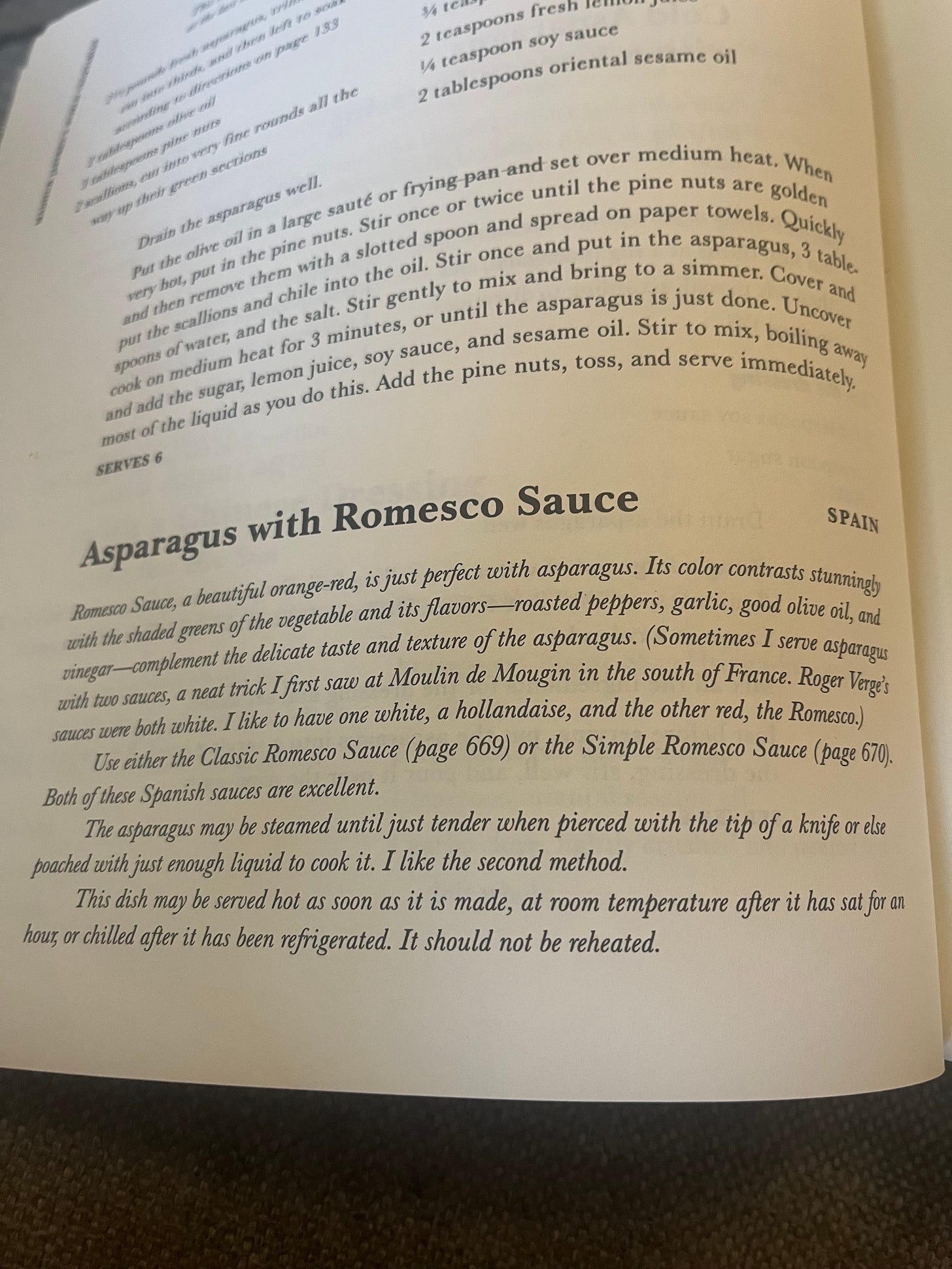

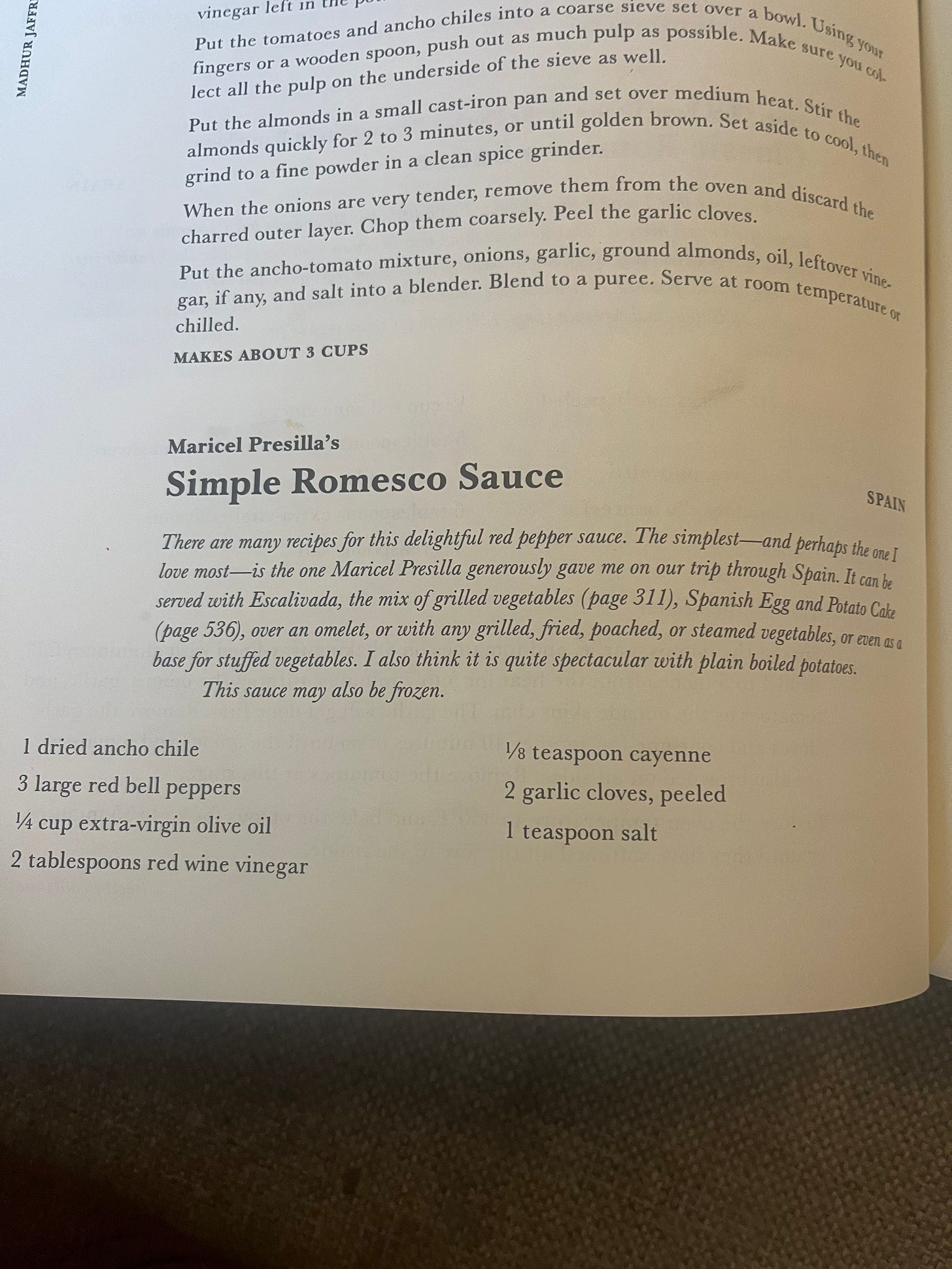
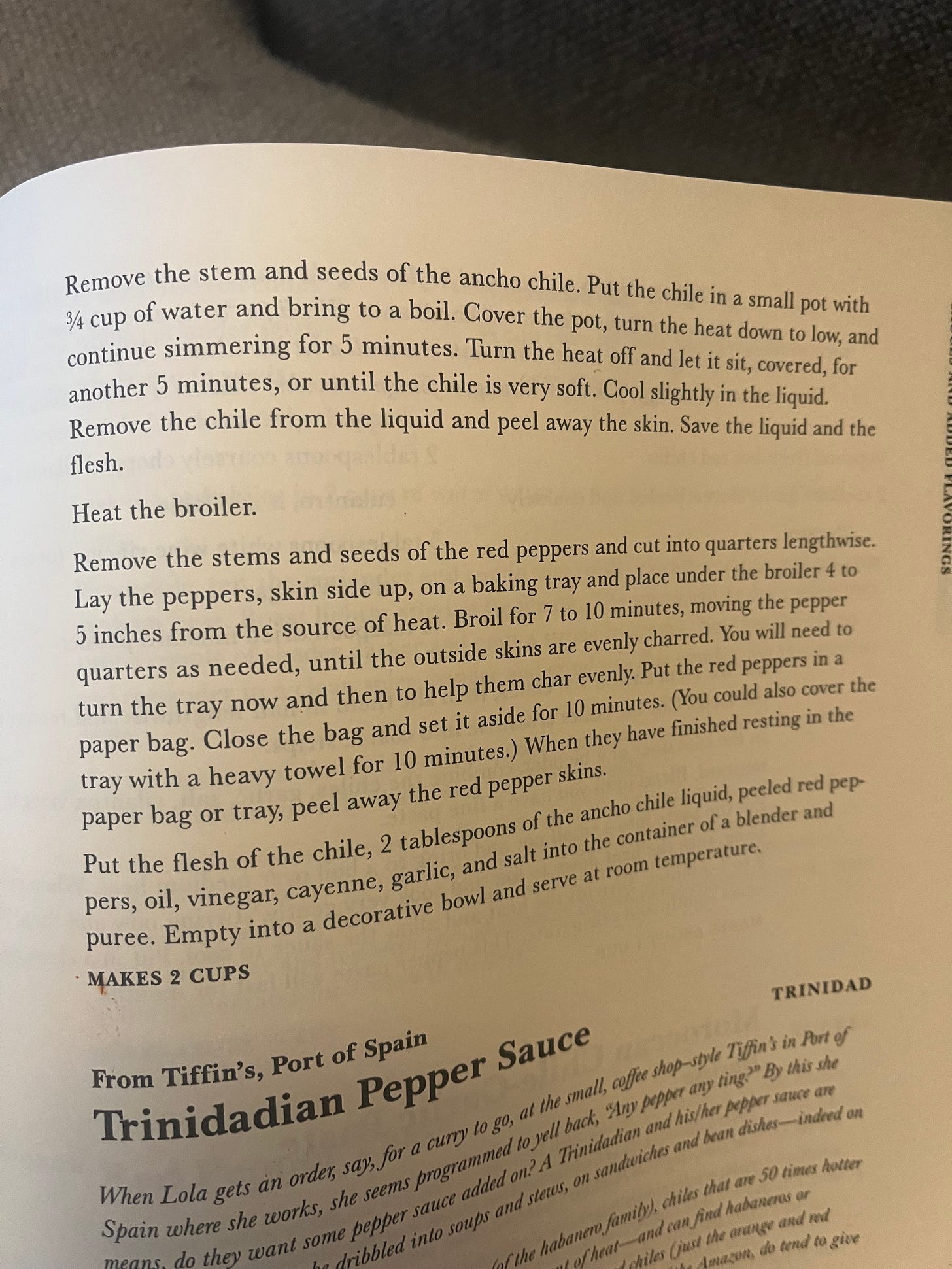

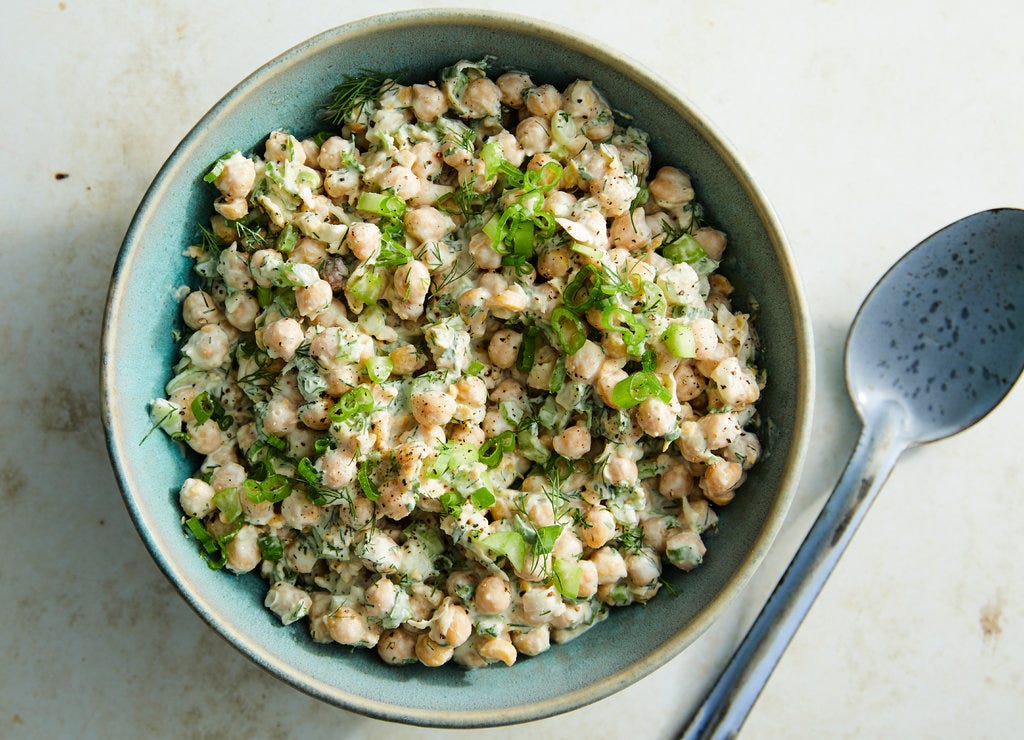

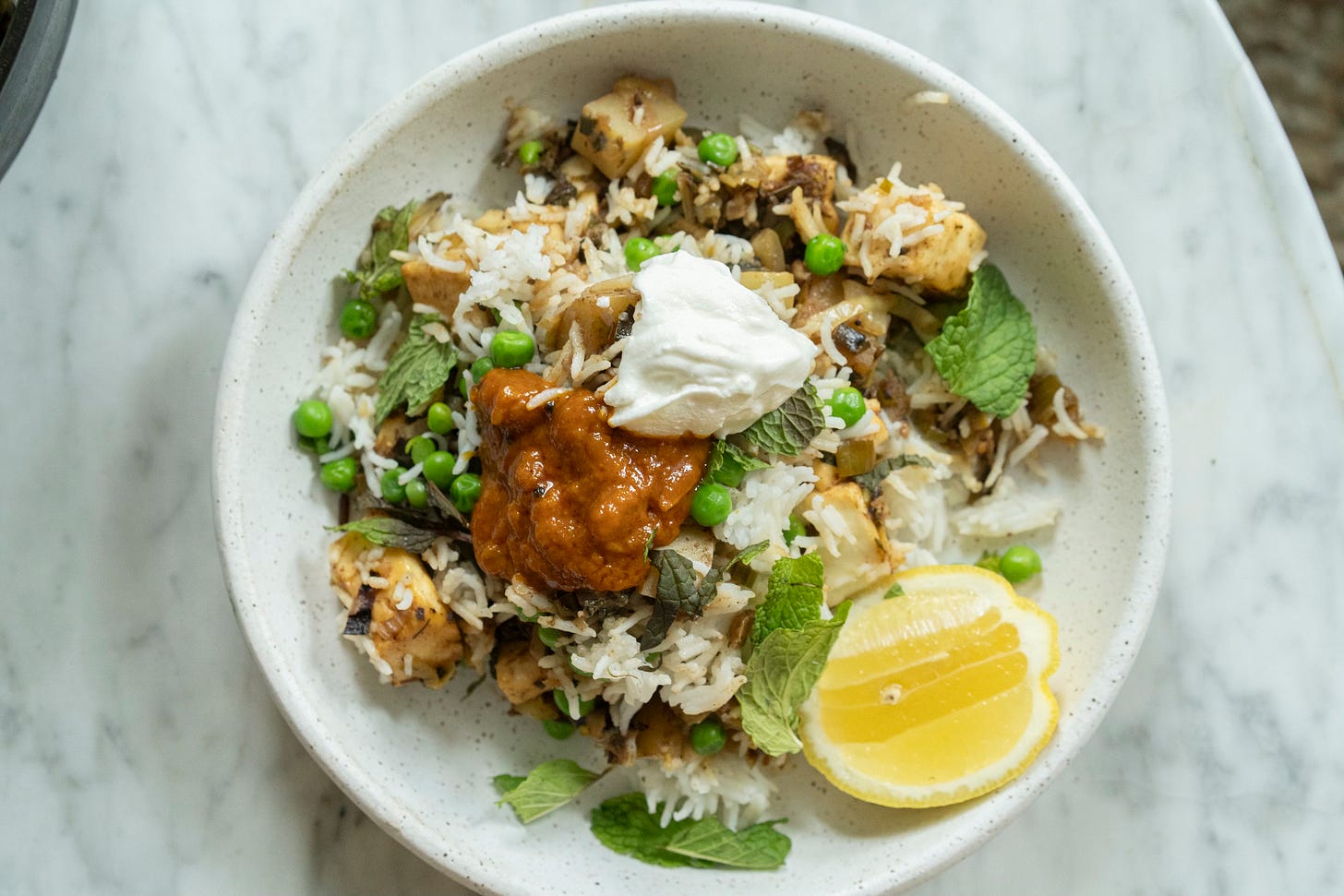
Thank god you are feeling better! And thank you for finding this method of cooking asparagus, I did it last night and it came out PERFECTLY!! 💚
So happy to hear you really are feeling “almost” completely well! A whole month of this. Crazy for sure.
Kudos to you and your body, trying so hard to rid yourself of this, for way too long. ♥️👏🏼